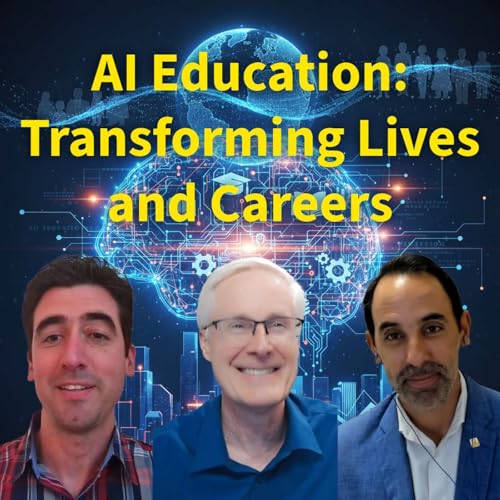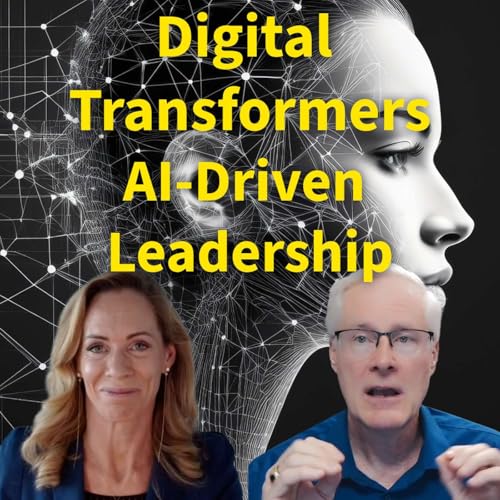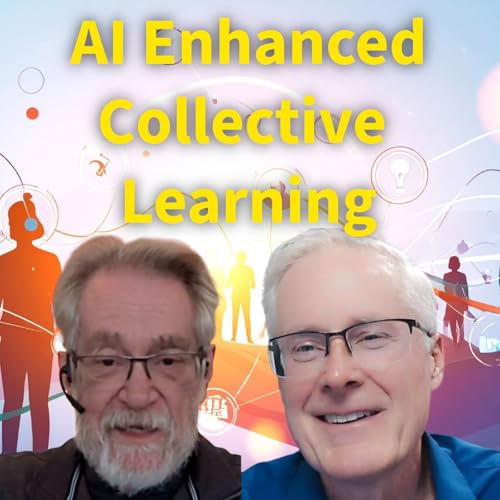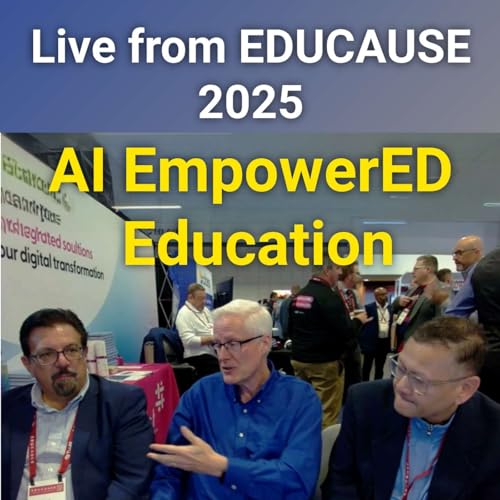Are you conscious of how AI can reshape education? Join Dr. Darren, host of Embracing Digital Transformation, as he talks with Dr. Carme Tagliani, CTO of Insight, and Anshul Sunak from Intel about the revolutionary potential of AI in higher education. Discover how educators can leverage AI to create engaging, relevant curricula that empower faculties and enhance learning for all students. ## Key Takeaways: - **Empower Faculty**: Successful AI integration hinges on faculty taking charge—translating technology into accessible, engaging learning experiences. - **Curriculum Development**: Comprehensive, ready-to-use materials enable professors to teach AI applications without needing to become experts in the field. - **Diverse Learning Needs**: Each student learns differently; leveraging AI can personalize education, ensuring that all students thrive in their knowledge pursuits. - **High-Touch Interaction**: Shifting from lectures to coaching allows for deeper connections between students and educators, improving engagement and knowledge retention. - **Focus on Practical Application**: Emphasizing real-world AI applications facilitates understanding and gives students the tools they need to employ AI effectively in their fields. ## Chapters: - 00:00 - Introduction and Host Introduction - 01:22 - Guest Backgrounds - 04:15 - Faculty Empowerment Through AI - 10:40 - Curriculum Development and Accessibility - 15:30 - Delivery Models and Engagement - 21:10 - Future of AI in Education - 27:00 - Conclusion and Final Thoughts Join us on this journey as we explore how technology, with a focus on AI, can transform the future of education. Don't miss out—listen to the full episode for an in-depth look at this exciting topic! Shaping a New Era in EducationThe relentless march of technology is reshaping the landscape of education. Doctor Darren, chief enterprise architect and educator, along with an esteemed panel including Dr. Carme Tagliani from Insight and Anshul Sunak from Intel, delve into the transformative power of AI in education. Their insights represent a convergence of technology and pedagogy, promoting faculty empowerment and addressing pressing concerns within the educational sector.In a world where artificial intelligence (AI) is becoming increasingly ingrained in our daily functions, understanding how it can be leveraged within the classroom becomes imperative. The focus of these discussions is to help educators harness AI's potential, shift traditional teaching paradigms, and actively engage diverse learning communities. Unlocking AI for Education The Importance of Accessibility and IntegrationWith the rapid evolution of AI, educational institutions face a daunting challenge: where to begin? Available resources often feel overwhelming or inadequately explained, creating a gap rather than bridging one. In their collaboration, the focus is on creating integrated, user-friendly solutions that can be easily implemented in various educational settings. **Key Takeaways:**- Streamlined access to AI resources can drastically reduce barriers for educators.- Tools must be built with ease of use and accessibility to engage educators and students alike.- A modular approach to curriculum development can accommodate diverse learning needs and teaching styles.Educators are not just passive recipients of AI technologies; they must actively engage with these tools to create enriching learning experiences. By integrating accessible AI tools, faculty can guide students towards practical applications relevant to their specific fields – whether in agriculture, healthcare, or technology. Transforming Curriculum Development A New Framework for LearningThe traditional model of curriculum development is evolving rapidly as technologies, such as AI, facilitate what was previously a burdensome process. Instead of spending excessive time creating curriculum from scratch, educators can utilize pre-existing AI-driven material that is robust, modular, and adaptable to their unique needs.**Key Insights:**- Curricula that harness AI must focus on creating deep interactions between students and educators rather than just delivering content.- Faculty empowerment includes providing the tools and materials necessary to streamline curriculum design, helping instructors focus on teaching rather than the logistics of content delivery.- A cooperative learning environment is critical, where students engage with each other and their instructors, fostering a sense of community.The shift from a standardized lecture model towards individualized learning pathways showcases a promising new era for higher education. Faculty are encouraged to cultivate skills that allow students to apply their knowledge practically rather than relying solely on theoretical frameworks. Rethinking Faculty Roles and Assessments The Coach Model: A New ApproachThe role of the educator is no longer just to dispense knowledge but to coach students in their ...
Show More
Show Less
 34 mins
34 mins Dec 11 202533 mins
Dec 11 202533 mins 35 mins
35 mins 34 mins
34 mins 31 mins
31 mins 32 mins
32 mins 46 mins
46 mins Nov 13 202535 mins
Nov 13 202535 mins
